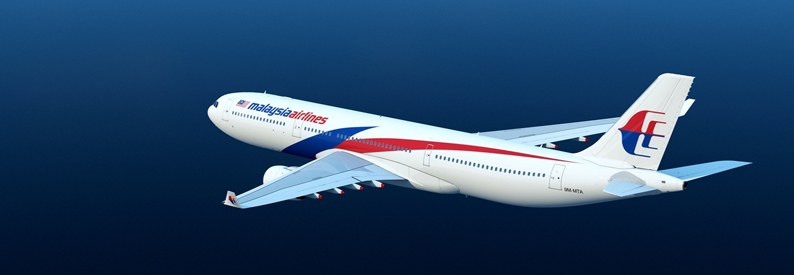Malaysia Airports Eyes 2025 Network Growth

Malaysia Airports, one of the world’s leading operators by passenger volume, is pressing ahead with network expansion in 2025 after handling more than 135 million passenger movements across its 39 Malaysian airports and Istanbul’s Sabiha Gökçen International Airport in 2024—96.1 percent of pre-pandemic levels. International traffic climbed to 49.6 million passengers last year, equivalent to 93.1 percent of 2019 figures, underlining the operator’s resilience and ongoing recovery.
Kuala Lumpur International Airport, the group’s flagship gateway, drove much of that rebound. Passenger volumes at KUL surged 20.9 percent year-on-year to over 57.1 million travelers. In 2024, Malaysia Airports succeeded in attracting 12 new carriers—11 of which began services at KUL—including Air Macau, Iraqi Airways, Turkmenistan Airlines, Cambodia Airways, Qingdao Airlines, Loong Air, AirAsia Cambodia and Air India. Those additions brought fresh connectivity to destinations such as Baghdad, with Iraqi Airways resuming weekly flights; Ashgabat, via Turkmenistan Airlines’ twice-weekly service; Hangzhou, served three times weekly by Loong Air; and Nanjing, linked by China Eastern Airlines.
Homegrown low-cost carrier AirAsia also expanded its footprint at KUL, launching new routes to Jaipur, Labuan Bajo, Chiang Rai and Nairobi, while AirAsia X marked its first anniversary of the Kuala Lumpur–Almaty service with a frequency boost to five weekly flights in April 2025. These moves reinforced KUL’s status as a dynamic Southeast Asian hub capable of serving both regional leisure circuits and long-haul markets.
Following its co-hosting of Routes Asia 2024 in Langkawi, Malaysia Airports highlighted the archipelago’s tourism potential and underscored its long-term strategy to strengthen connectivity, sustainability and stakeholder value. Senior General Manager Megat Ardian Wira Mohd Aminuddin told Routes that onboarding at least 12 more airlines in 2025 remains the minimum target. “We’ve already seen momentum with British Airways resuming London Heathrow–Kuala Lumpur service in April after a five-year break,” he said. “Australian and European carriers are also key prospects to diversify our destination mix and enhance frequencies on core routes. Our discussions during Routes Asia have been very positive.”
KUL’s achievements earned it the Large Airport of the Year 2024 award at the CAPA Airline Leader Summit & Awards for Excellence, recognizing airports with more than 30 million annual passengers that demonstrate outstanding leadership and industry contributions. The accolade reflects Malaysia Airports’ commitment to strategic growth and customer experience improvements, from terminal upgrades to digital innovations and sustainability initiatives.
To showcase its latest developments and unserved opportunities, Malaysia Airports continues to leverage its Routes 360 membership as a core component of its marketing strategy, engaging potential airline partners through targeted online campaigns and in-person events. With a market catchment of over 20 million people within a two-hour drive of KUL alone, the operator is well-positioned to attract new long-haul services and low-cost connections that will further boost traffic and economic impact.
As traffic rebounds and new routes come online, Malaysia Airports aims not only to restore pre-pandemic performance but to exceed it, offering travelers more direct links to Europe, Australasia and beyond. With a clear roadmap for airline recruitment and infrastructure enhancements in place, the group looks set to deliver another year of robust growth and enhanced connectivity for the region.
Related News : https://airguide.info/?s=Malaysia+Airports
